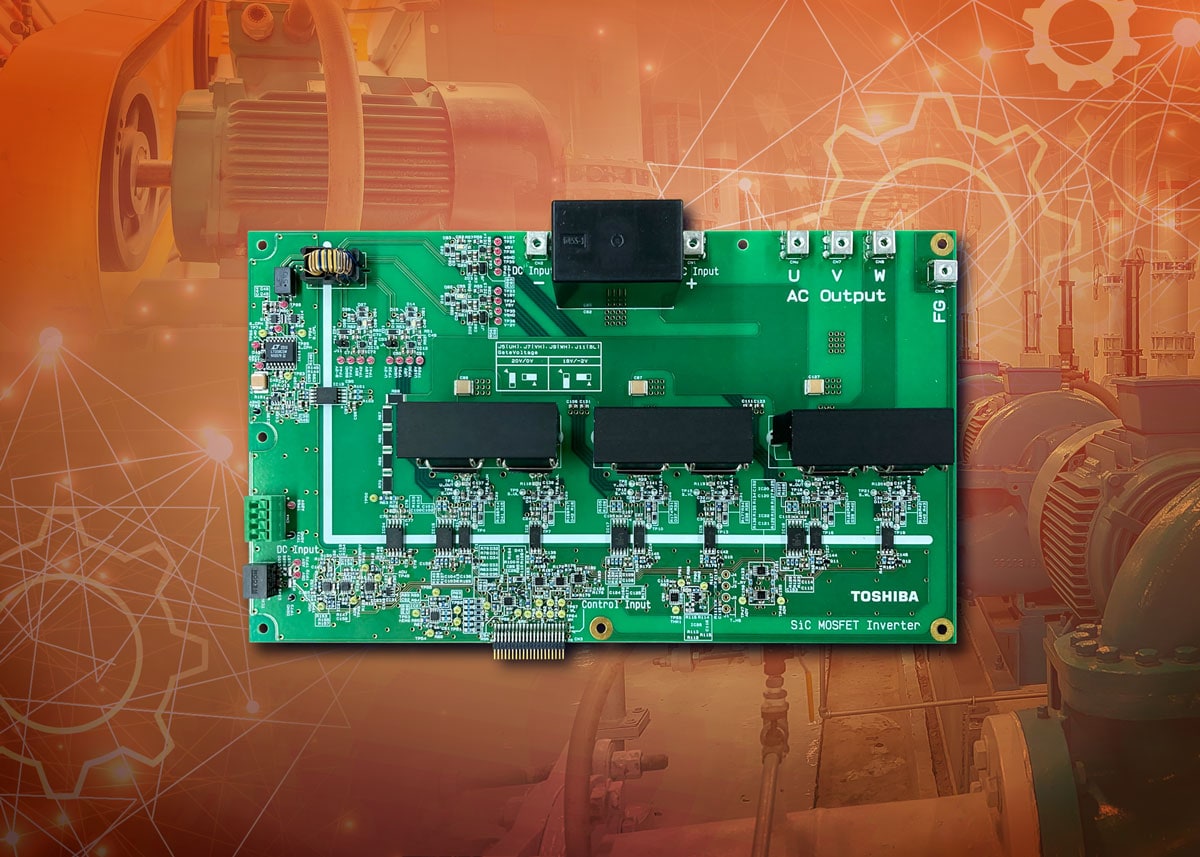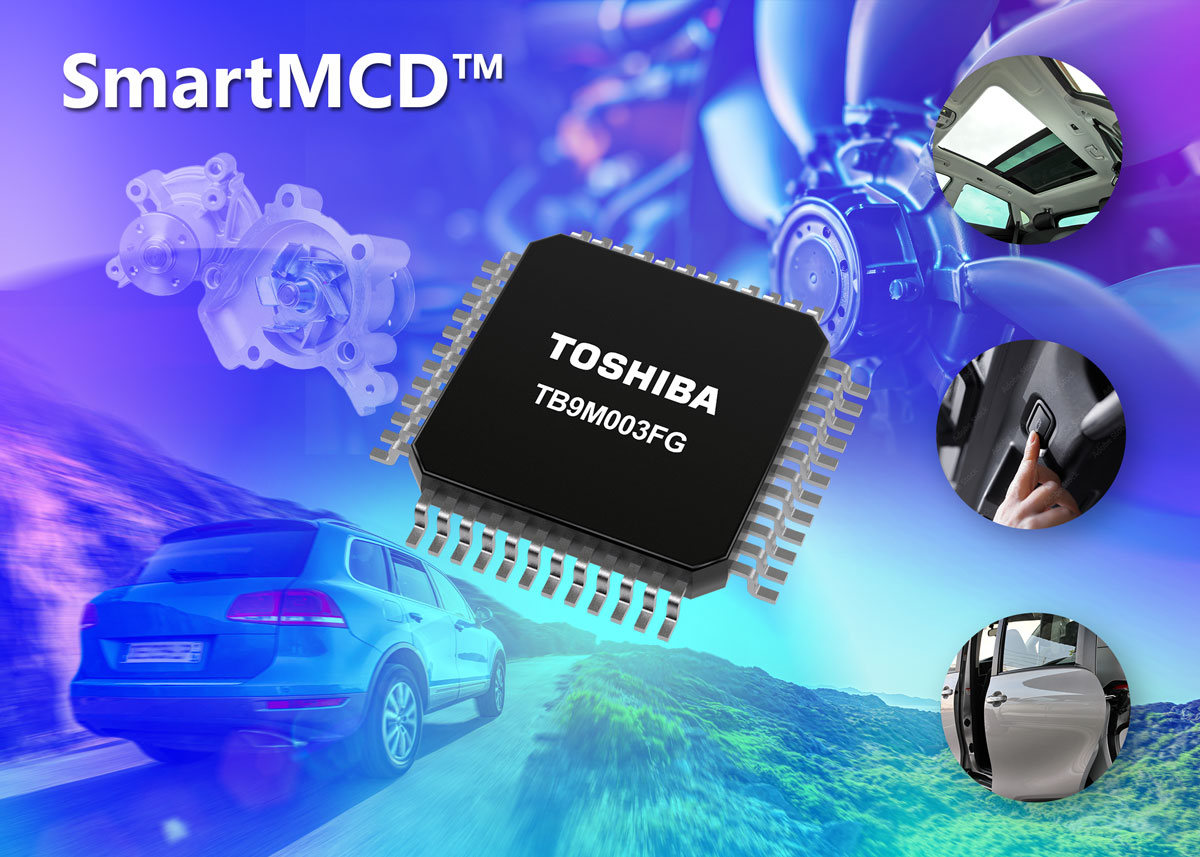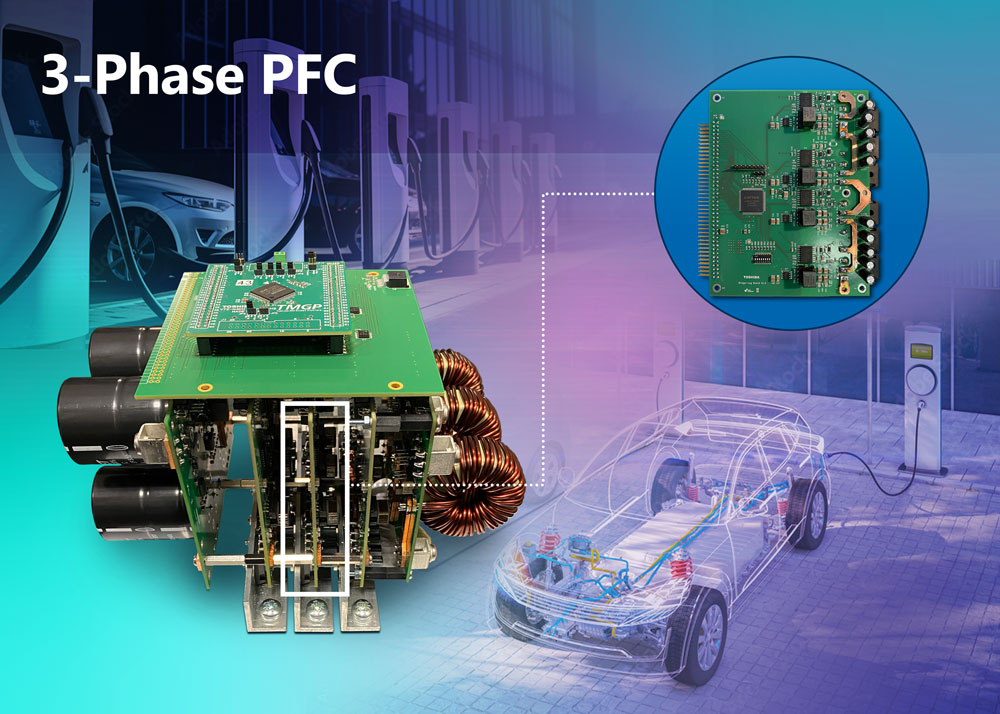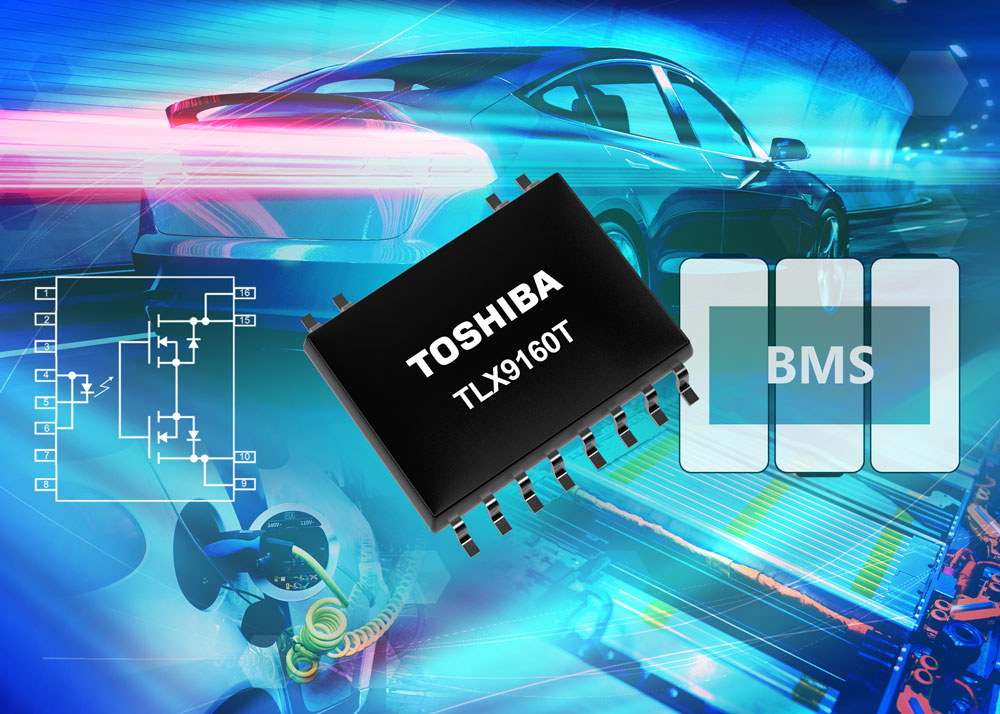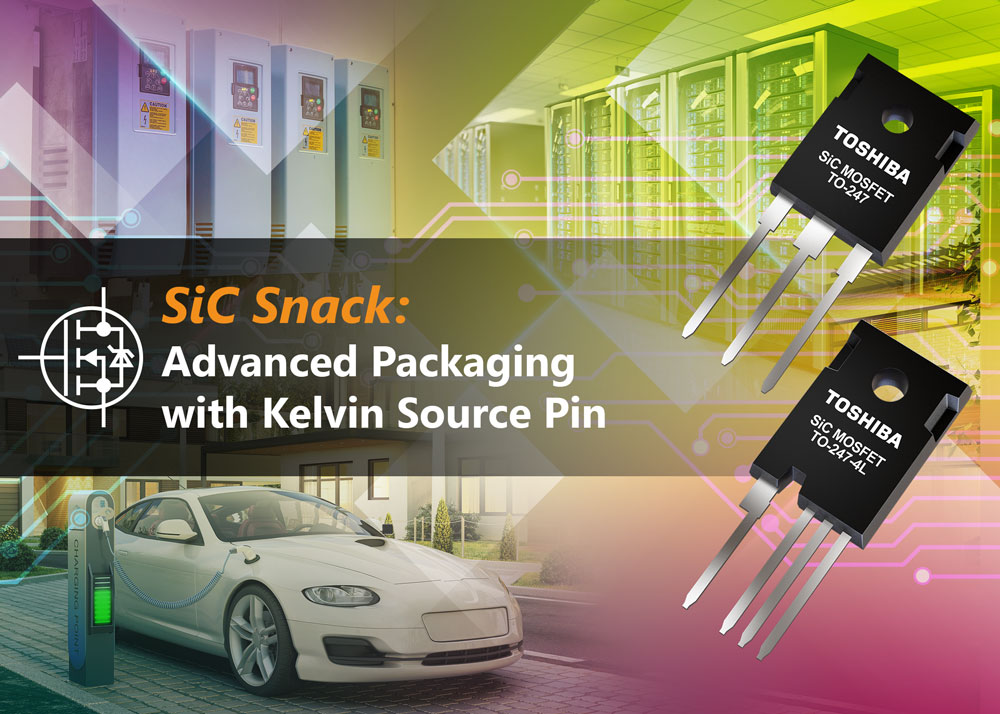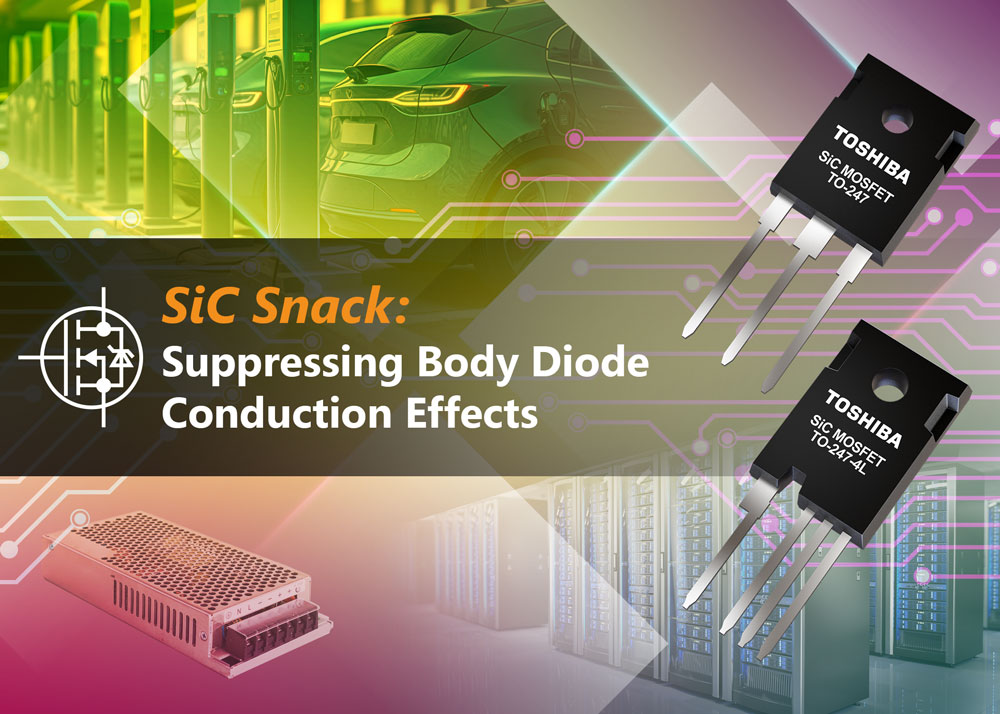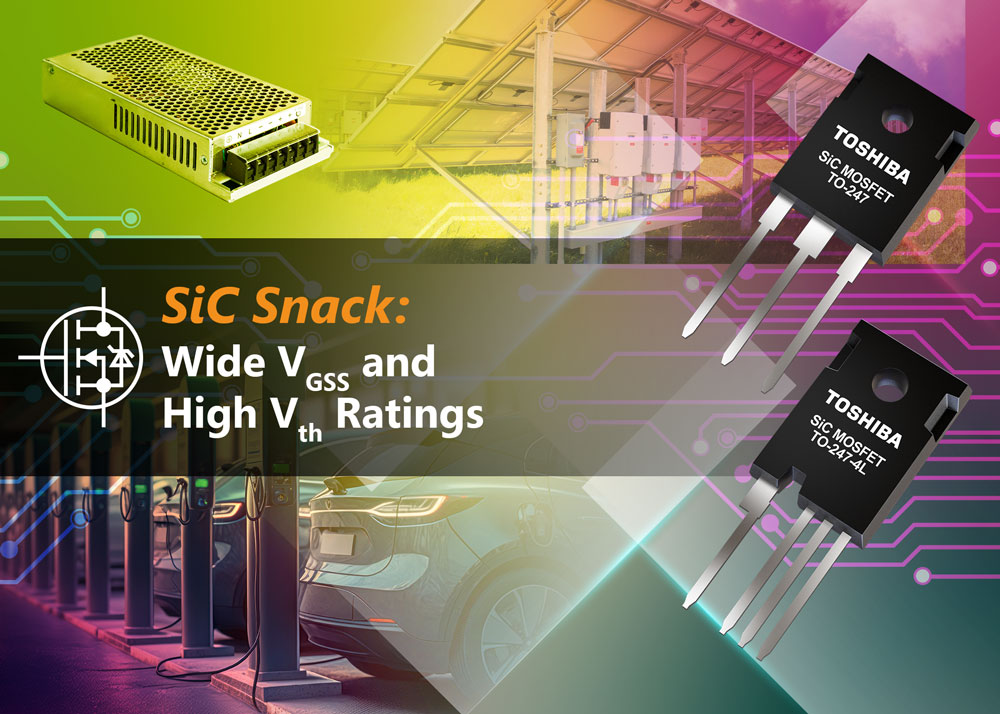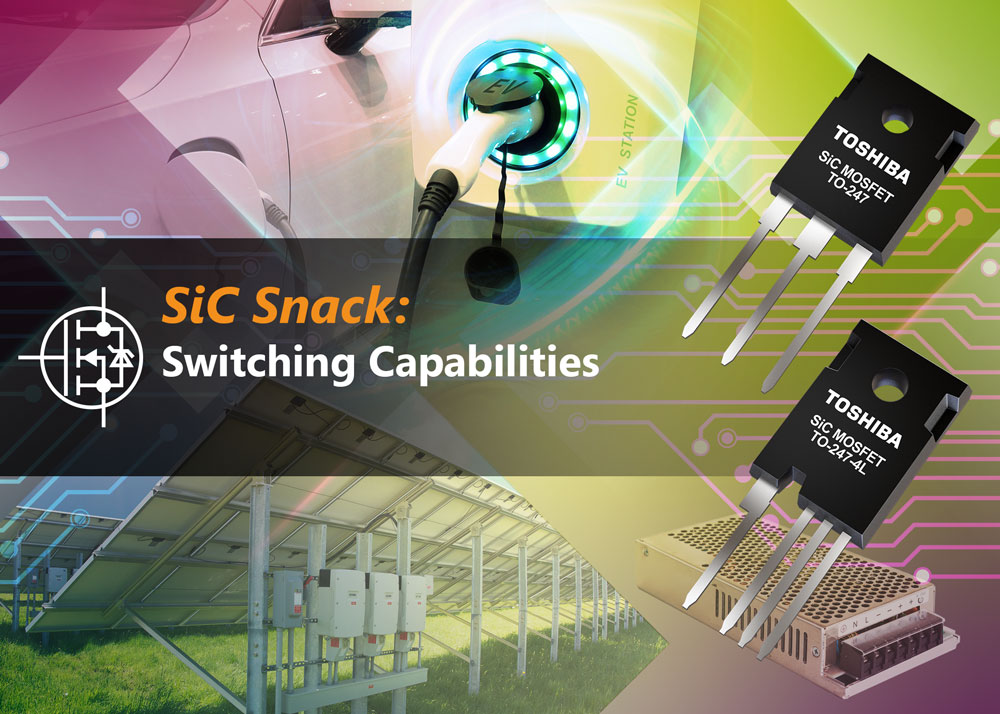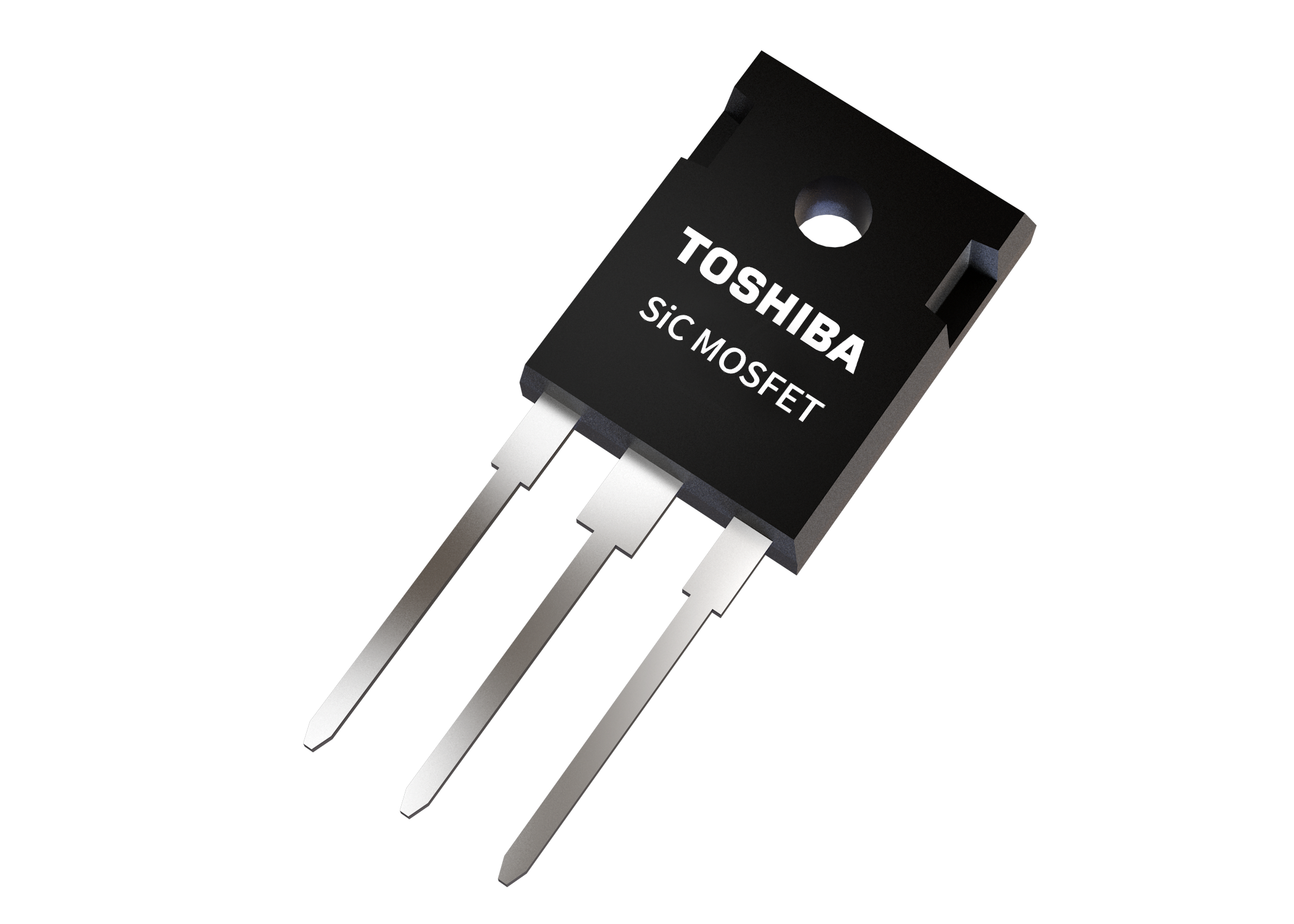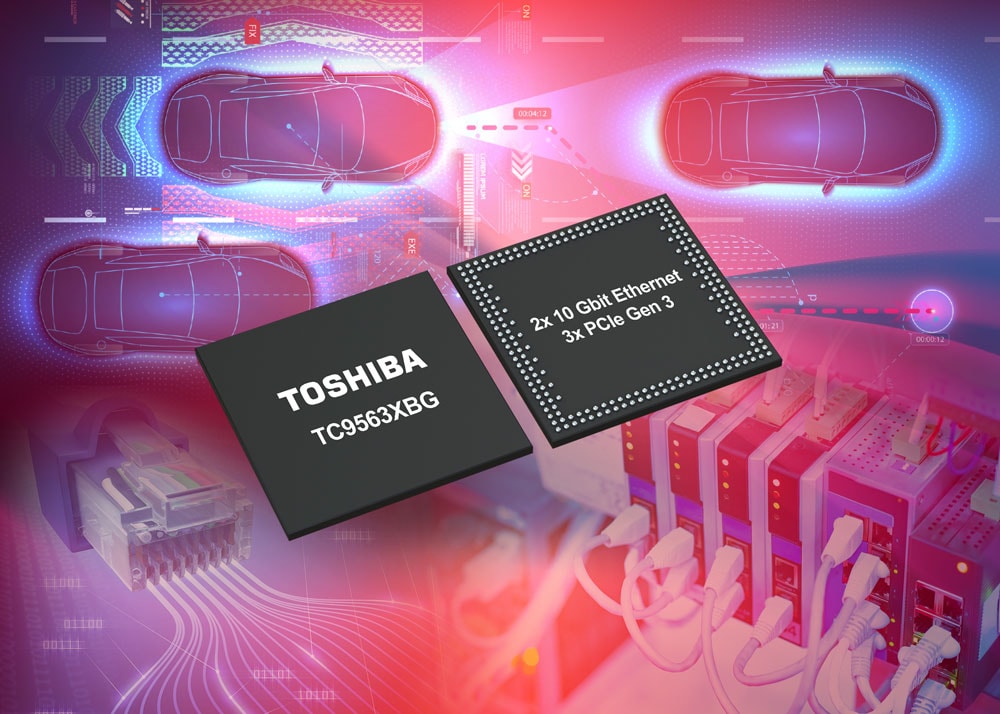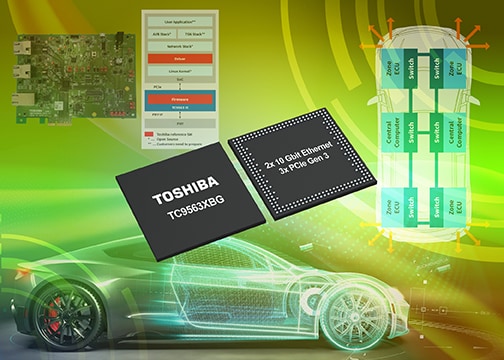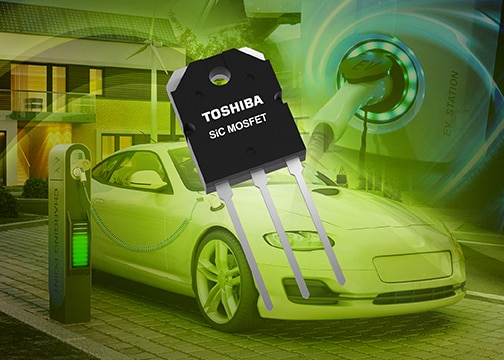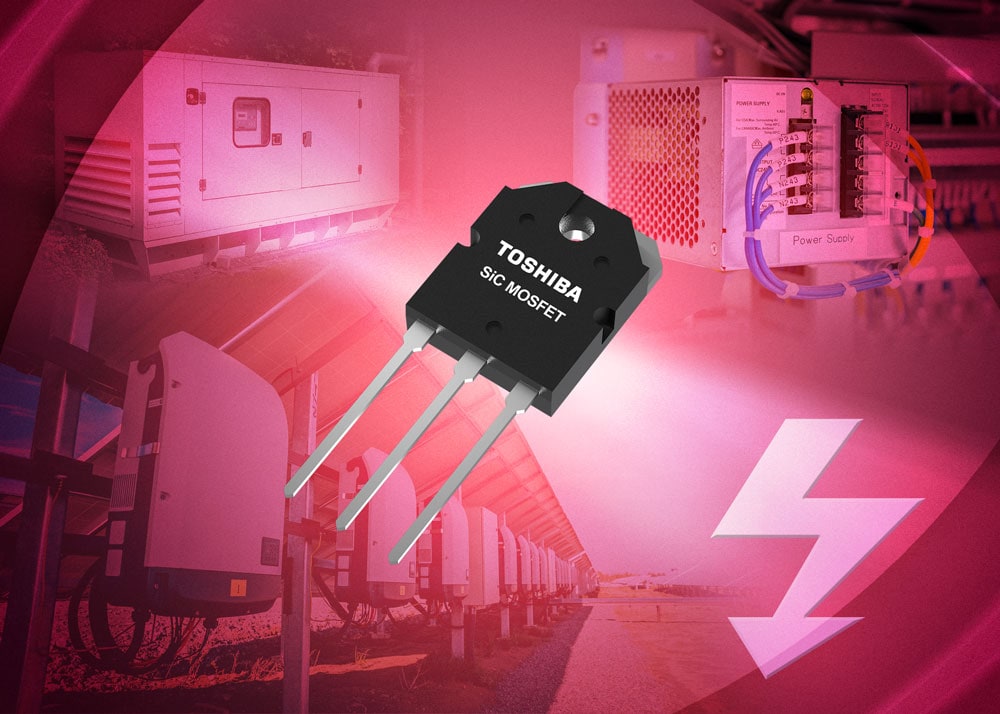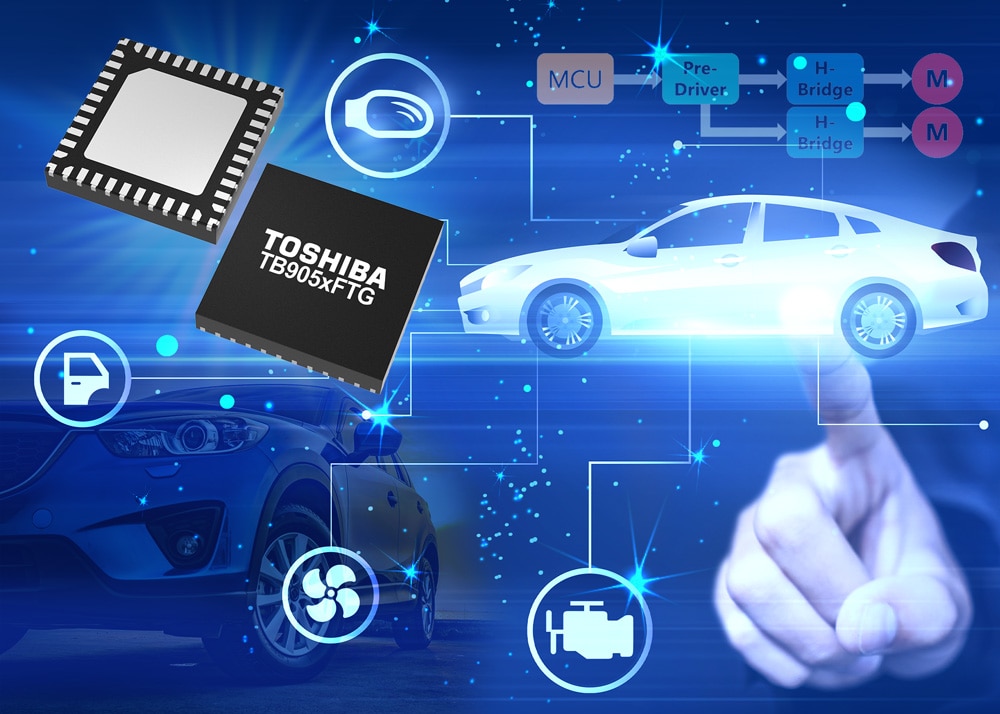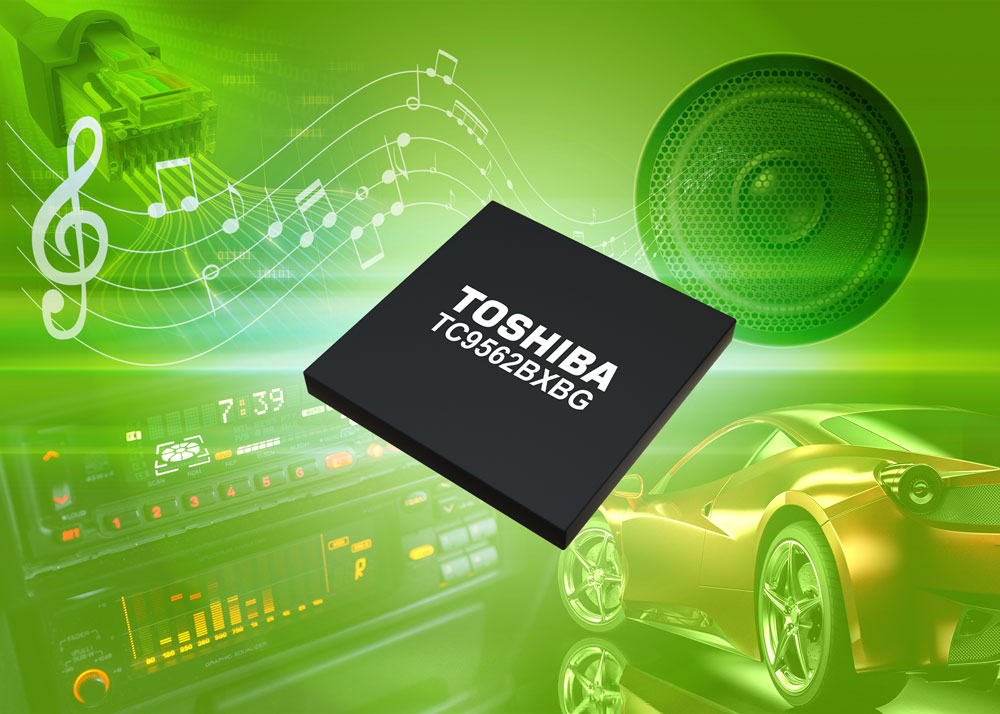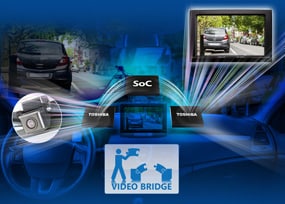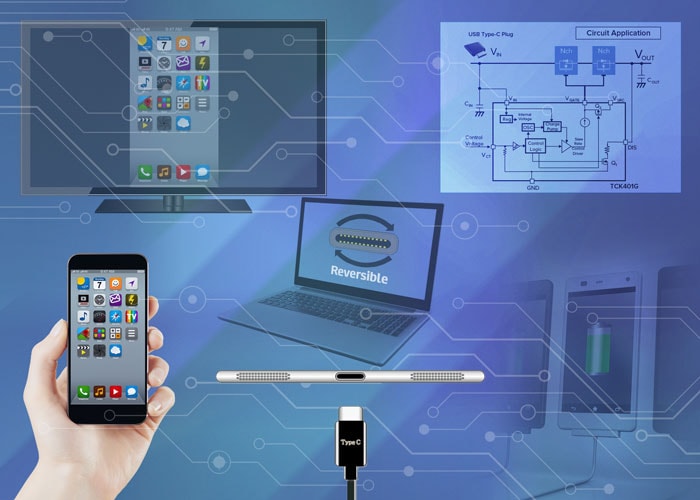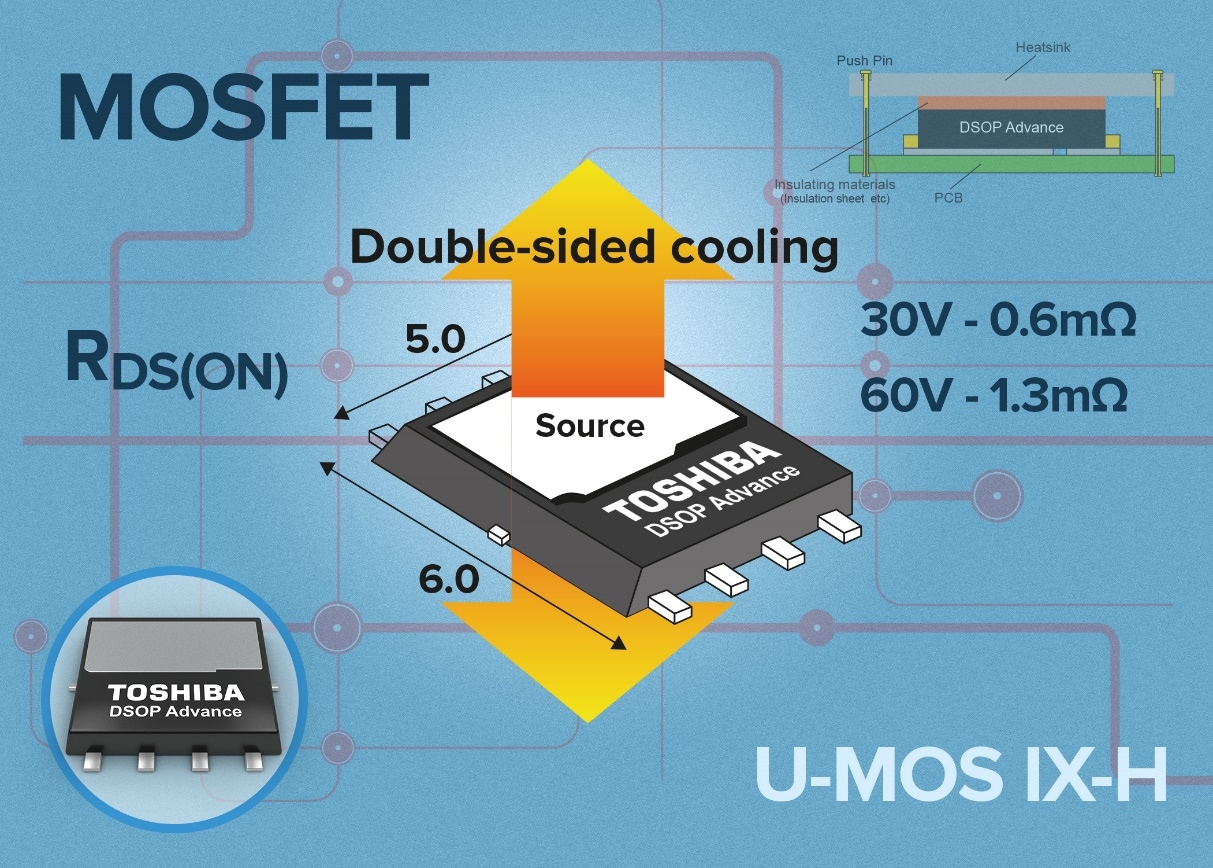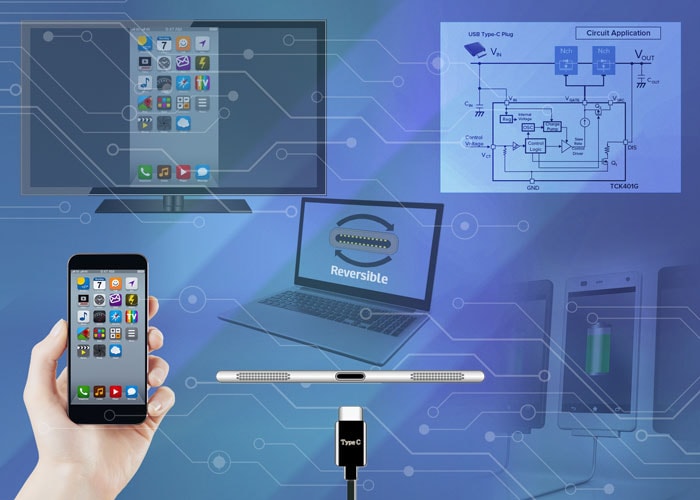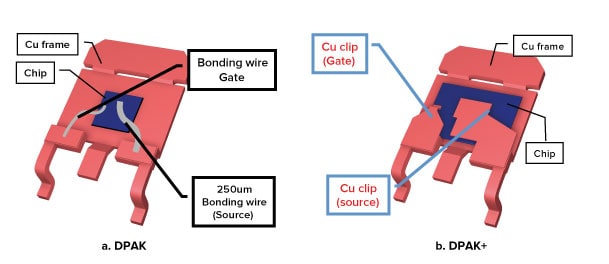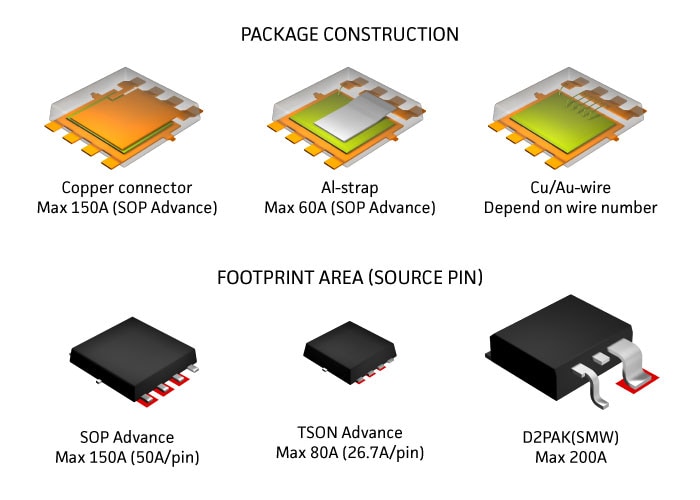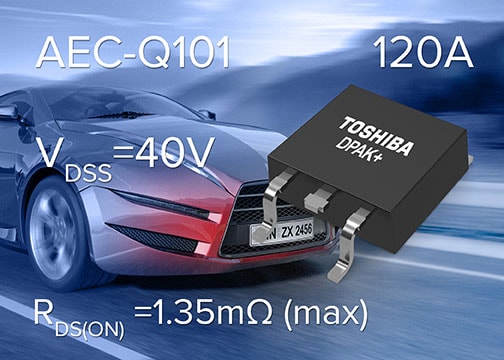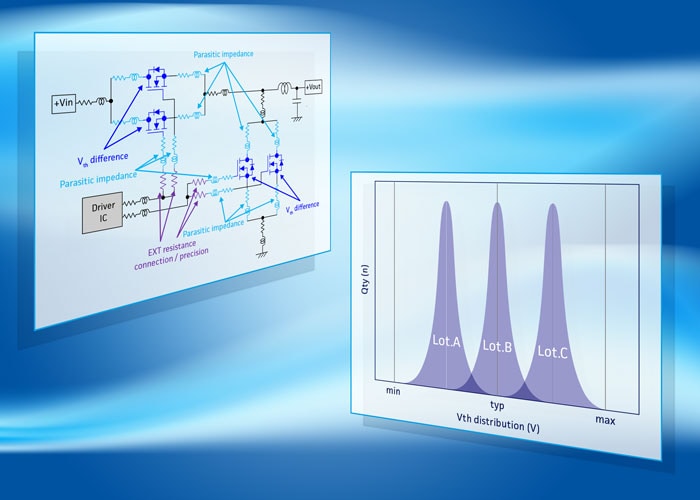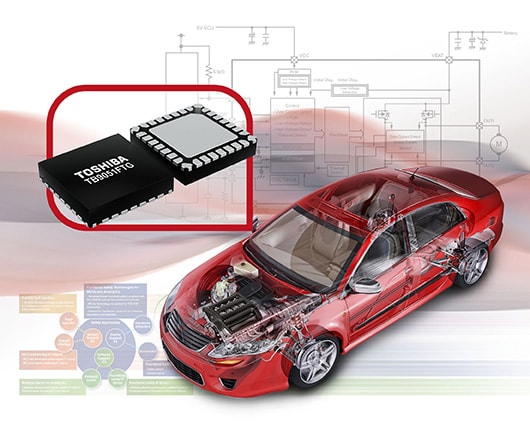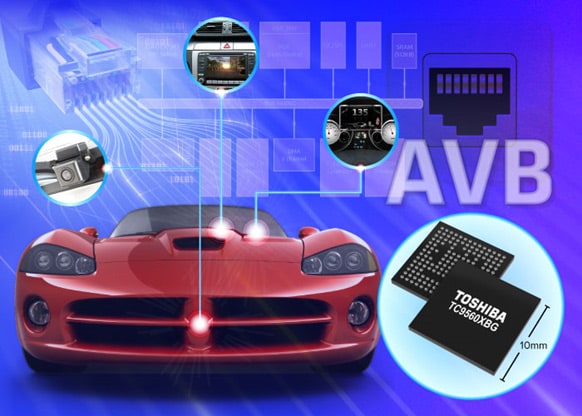- General Top
- SEMICONDUCTOR
- STORAGE
- COMPANY
-
My ToshibaSemicon
- Semiconductor Top
-
ApplicationsAutomotive
Body Electronics
xEV
In-Vehicle Infotainment
Advanced Driver-Assistance Systems (ADAS)
Chassis
IndustrialInfrastructure
BEMS/HEMS
Factory Automation
Commercial Equipment
Consumer/PersonalIoT Equipment
Healthcare
Wearable Device
Mobile
Computer Peripherals
-
ProductsAutomotive Devices
Discrete Semiconductor
Diodes
Transistors
Logic ICs
Analog Devices
Digital Devices
Wireless Devices
※
: Products list (parametric search)
Power SemiconductorsSiC Power Devices
※
: Products list (parametric search)
Isolators/Solid State RelaysPhotocouplers
Digital Isolators
Solid State Relays
Fiber Optic Transmitting Modules
※
: Products list (parametric search)
MOSFETsIGBTs/IEGTsBipolar Transistors※
: Products list (parametric search)
Diodes※
: Products list (parametric search)
MicrocontrollersMotor Driver ICsIntelligent Power ICs※
: Products list (parametric search)
Power Management ICsLinear ICs※
: Products list (parametric search)
General Purpose Logic ICsLinear Image SensorsOther Product ICsOther Product ICs
※
: Products list (parametric search)
-
Design & Development
Design & Development
Innovation Centre
At the Toshiba Innovation Centre we constantly strive to inspire you with our technologies and solutions. Discover how to place us at the heart of your innovations.
-
Knowledge
Knowledge
Highlighted Topics
Further Materials
Other
- Where To Buy
- Part Number & Keyword Search
- Cross Reference Search
- Parametric Search
- Stock Check & Purchase
This webpage doesn't work with Internet Explorer. Please use the latest version of Google Chrome, Microsoft Edge, Mozilla Firefox or Safari.
require 3 characters or more. Search for multiple part numbers fromhere.
The information presented in this cross reference is based on TOSHIBA's selection criteria and should be treated as a suggestion only. Please carefully review the latest versions of all relevant information on the TOSHIBA products, including without limitation data sheets and validate all operating parameters of the TOSHIBA products to ensure that the suggested TOSHIBA products are truly compatible with your design and application.Please note that this cross reference is based on TOSHIBA's estimate of compatibility with other manufacturers' products, based on other manufacturers' published data, at the time the data was collected.TOSHIBA is not responsible for any incorrect or incomplete information. Information is subject to change at any time without notice.
require 3 characters or more.
Replacing wire bonds enhances automotive MOSFET performance and reliability
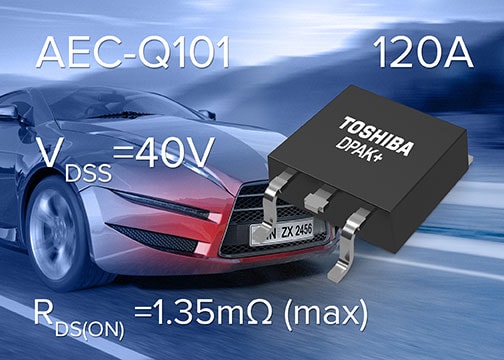
Modern automobiles contain an unprecedented amount of electronics and the level of electronic content in vehicles is set to continue to grow. The drive for efficiency comes in part from legislation designed to protect our environment and also from consumers who want to reduce their motoring bills. Automakers are striving to meet these challenges by moving to electric propulsion and replacing many mechanical and hydraulic systems with smaller, lighter and more efficient electrical alternatives.
In a bid to improve road safety, automakers are also adding new driver assistance features including object detection / avoidance, lane departure warning and many more. Ultimately, these systems will lead to the final goal of completely self-driving vehicles.
While the microcontrollers and associated software provide the intelligence and functionality behind of each of these systems, they would be wholly useless without the all-important MOSFET technology that allows the switching of loads such as fans, pumps and motors – turning the ‘thought’ into ‘action’. In every application, the MOSFET is used to switch power, whether hundreds of amperes for the main drivetrain or just a couple of amperes for a small door mirror. As a result, improving the efficiency and thermal performance of MOSFETs has a significant impact on the overall efficiency of the vehicle.
The technology within Toshiba’s MOSFETs is constantly being improved to enhance performance, particularly breakdown voltage, switching speed and the all-important on-resistance that directly affects efficiency. One that Toshiba has paid particular attention to is the wire bonds that connect the silicon to the MOSFET package. Often overlooked, these wire bonds can restrict the current capability.
Toshiba is unique amongst automotive power MOSFET suppliers in that, for the past 10 years, they have been using copper clip connectors for internal bonding in large power packages, replacing the conventional wire bonding. Since 2011 and 2015 respectively this has included the popular DPAK and D2PAK packages.
Not only does the use of copper clips increase the current capability, it also reduces the on-resistance and enhances the efficiency of these devices.
This is just one of a number of MOSFET enhancements available from Toshiba. They have produced a comprehensive white paper discussing their innovative approach to MOSFET design and the correct approach to selecting MOSFETs for automotive applications. To download your copy, please click here:



